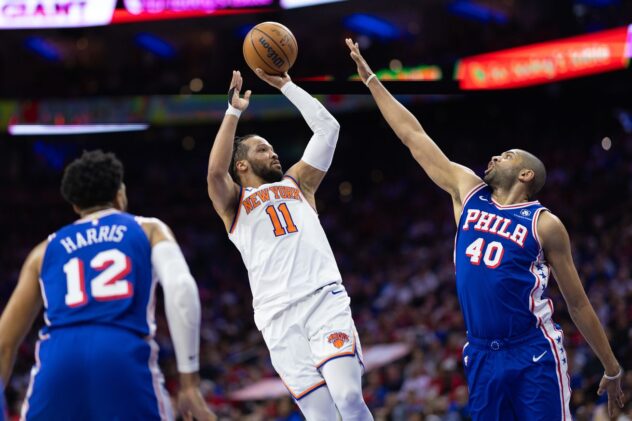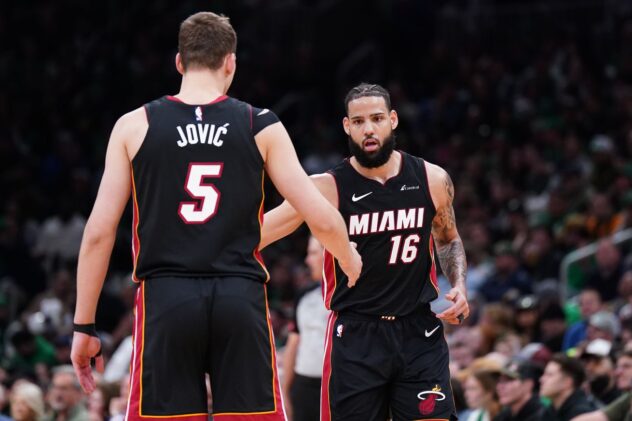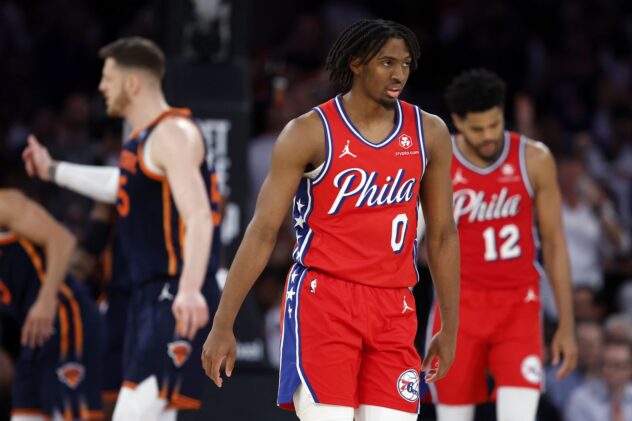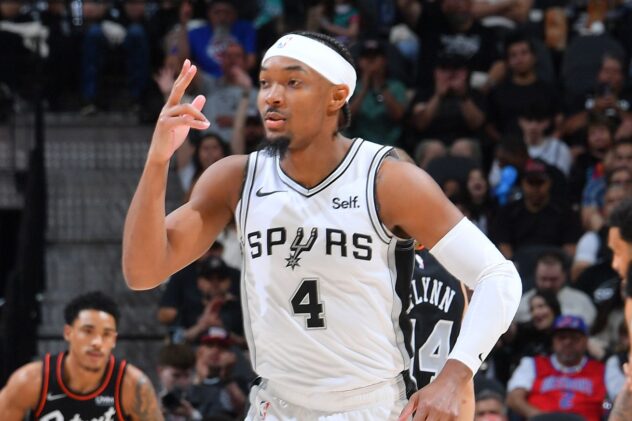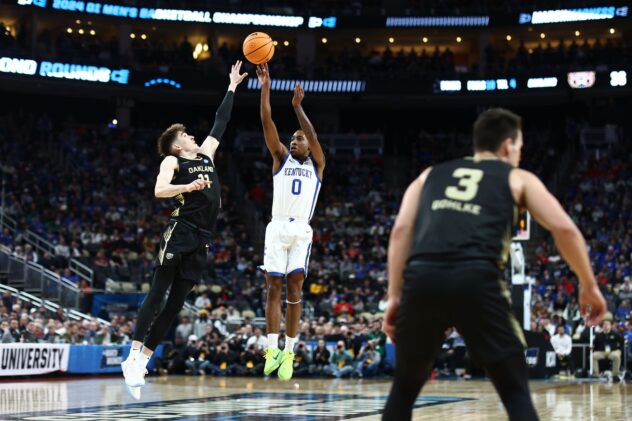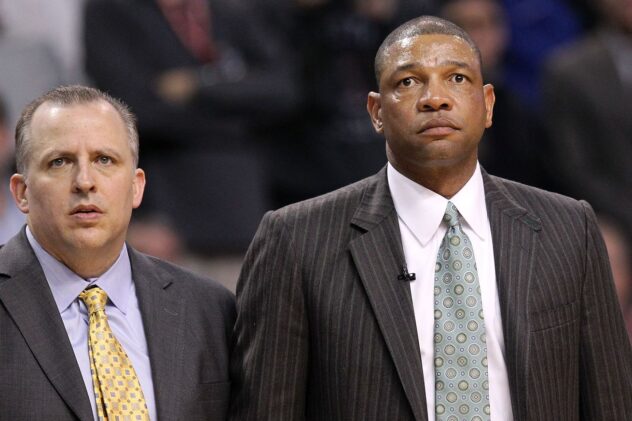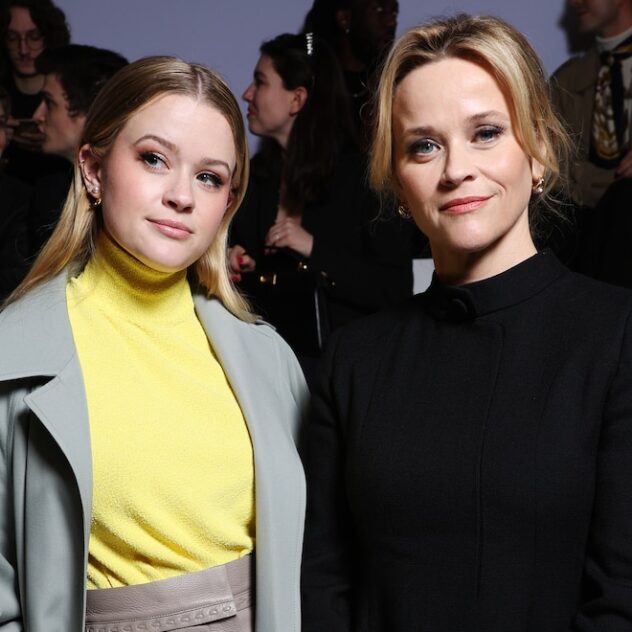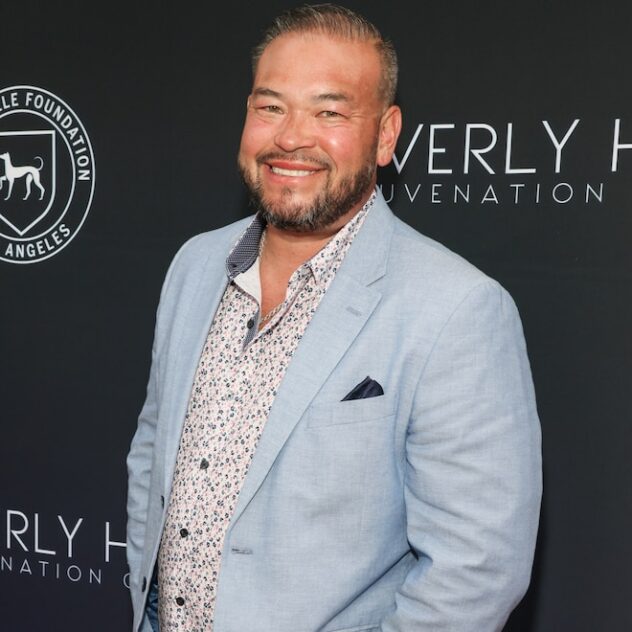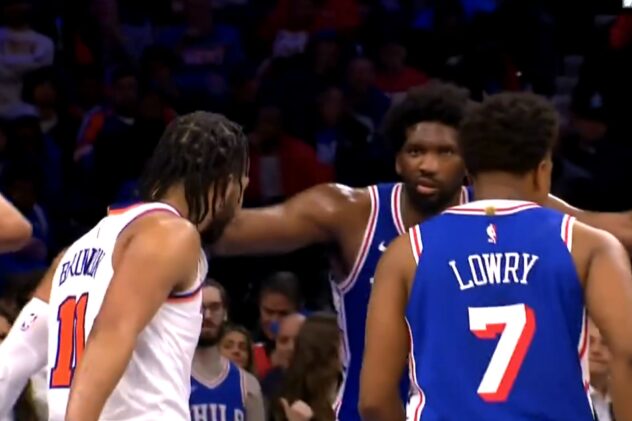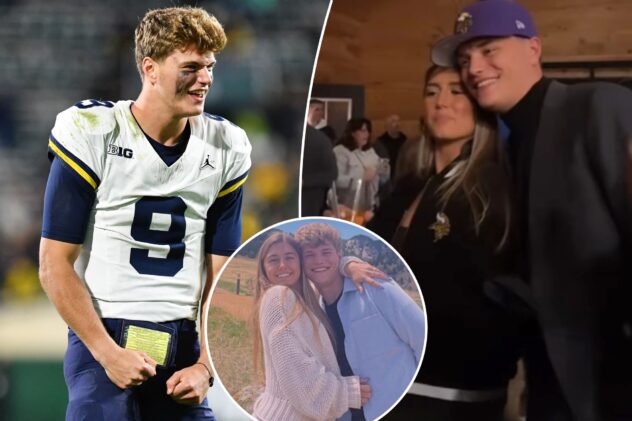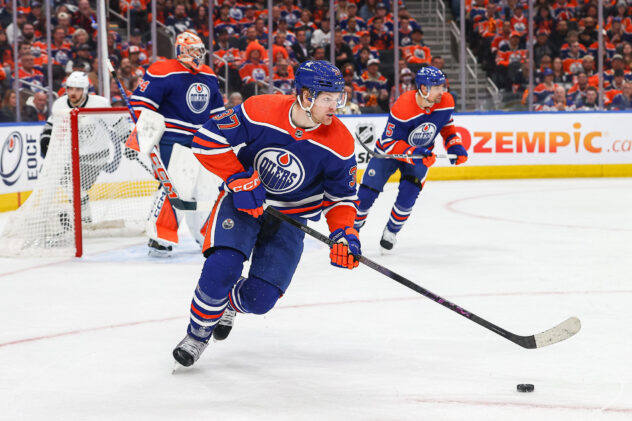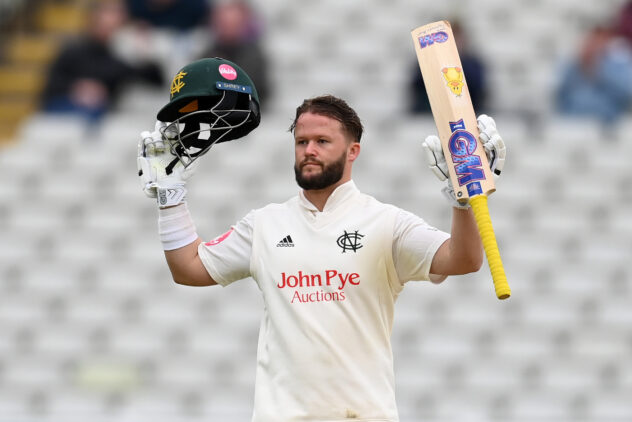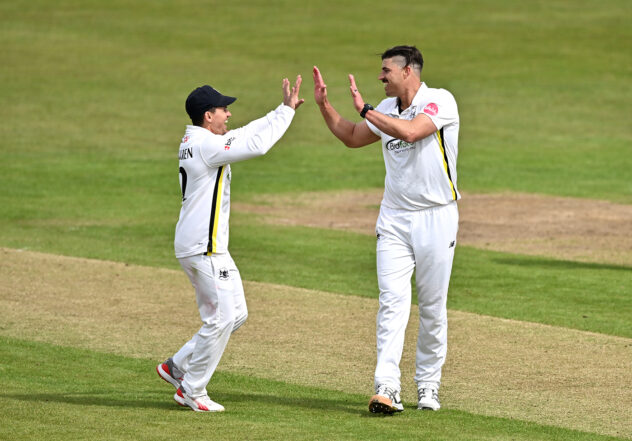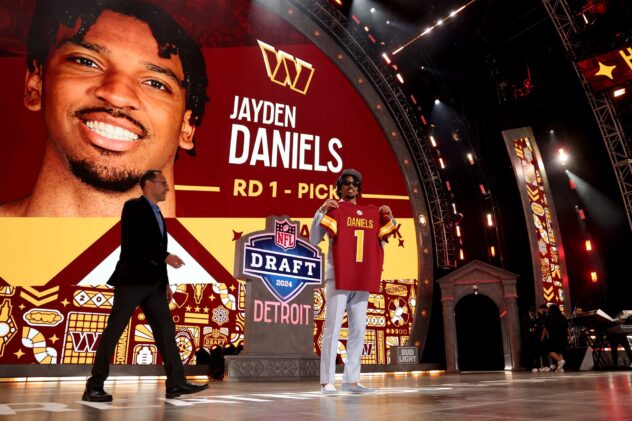What trading Kawhi Leonard does to the Spurs’ timeline
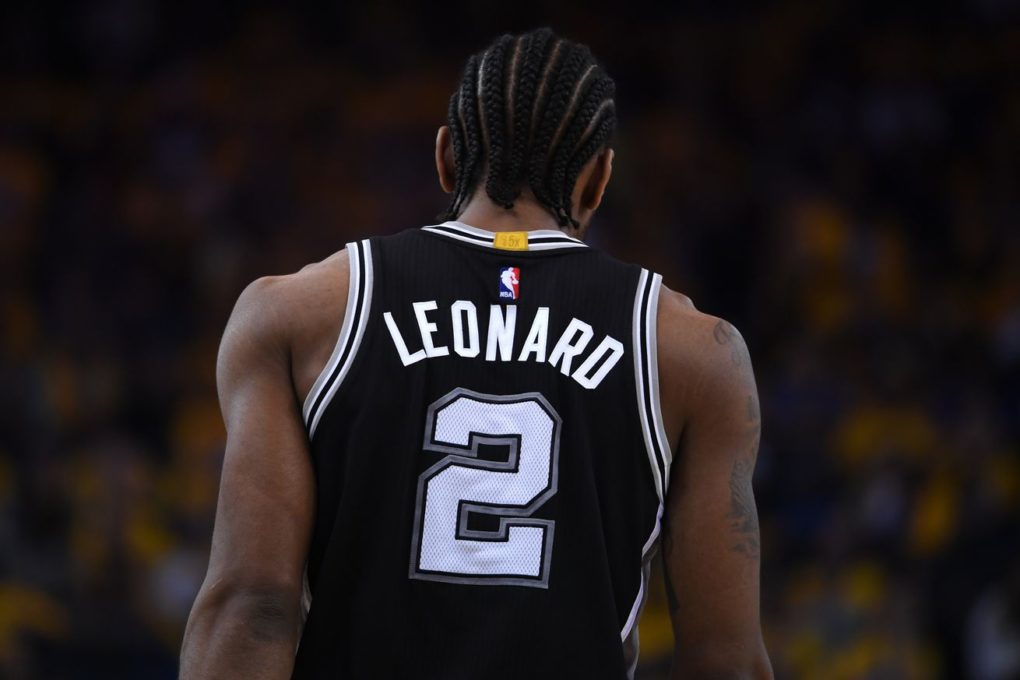
Assessing the stakes at risk while considering the seemingly inevitable Leonard trade.
With reports of irreconcilable differences between player and team, the Kawhi Leonard Era appears to be nearing a now-inevitable, stultifying end in San Antonio. No one in the league will be the subject of more hypothetical trades than the Spurs forward, and with good reason — the two-time DPOY and 2017 MVP Finalist is a superstar when healthy, an elite talent who combines elite perimeter defense with ultra-efficient offense. His suitors, as various other reports already suggest, will be legion.
Despite rumblings that Leonard would prefer a return to his native Southern California, the Spurs will have options for where they send him. And with that, a number of different directions for where to take the franchise. The Lakers will obviously give chase, as will Boston, who are believed to have already made offers for Leonard during the season. But don’t discount front offices that have less of a guarantee that he’d re-sign there next summer. The Thunder were not on Paul George’s list last offseason, and that didn’t stop them from swinging for him. Every franchise will assess this situation differently and decide what a Leonard gambit is worth to them.
There will be time to unpack all that’s transpired and retrospectively figure out when things went from troubled to irreconcilable — for now, let’s focus on the immediate future, since what the Spurs do next will define their fortunes for years to come.
Leonard is the Spurs’ timeline
Everything since the 2016-17 season has underlined how singularly important Leonard is to San Antonio. Still only 26 (his birthday is later this month), he’s the main tent pole holding up everything this team has built itself towards. Yes, on one side you have a 32-year-old All-Star and, on the other, a 21-year-old up-and-comer, but the team was not building around either in the long term.
There’s a geographic center to the arc of most winning teams; an age-based timeline front offices use to calibrate their future plans. For the Spurs, it hovered somewhere around Duncan’s age, then Tony’s, and now Kawhi’s, and fans benefited because that center typically coincided with a championship window.
That’s apparent when thinking of the team as currently constructed, but it should also factor into the potential return on a Leonard deal: not just aggregate, non-contextual value, but where the combination of assets and talent falls on the organization’s new timeline. Could you replace Leonard with a star of similar talent in his prime? Probably not, given what’s left of his contract, what’s still unclear on his health situation, and simply how good he is when healthy. Could you replace him with a lesser star of a similar age, plus other pieces? Sure, but I’m not sure you should.
Go a rung or two down from Leonard’s tier and the options open up (several teams may be willing to package an in-his-prime fringe star, with a middling pick, plus filler) allowing the Spurs to kick the can down the road with a team still capable of winning 50+ games. But the value in trading for a lesser star no longer on a rookie contract is limited, and it’s hard to imagine a such a package translating into immediate contention for the Spurs.
Part of that is because of another, less-obvious issue…
Building an offense around Aldridge has limitations
The following statements can both be true:
- LaMarcus Aldridge was excellent last season.
- An offense built around him in the modern NBA can only get you so far.
I’m not sure we need to go into too much detail about either of these points. Aldridge shifting into an alpha role and pretty much single-handedly dragging the Spurs into the playoffs was undeniably impressive and one of the brightest spots of the Spurs’ 2017-18 season. He also had to be prolific in his post-ups and pick-and-pops for the Spurs to muster a 17th ranked offensive rating in the regular season, which then dropped over five points in a series against the Warriors. It’s fair to question whether he, a month from turning 33, can replicate that effort and efficiency as the number-one option once again.
Whatever fringe-star the Spurs would acquire for Leonard would likely fit into that Aldridgian system, one that is fine as a stopgap but less appealing as part of a forward-facing plan.
Picks and young assets make the most sense, but who’s willing to risk them on a one-year rental of a potentially still-not-100% Leonard?
I’m avoiding actual examples of hypothetical trades, as it’d make this discussion more an arbitrary assessment of talent and less a look at where the team is at in a general sense. It also opens up arguments as to who wins or who says no to a trade — all of which can be disputed at another time.
Maybe you like Philadelphia’s collection of young players, or you believe in Jaylen Brown or Brandon Ingram’s star potential — whatever preference you have, the timeline in San Antonio should almost certainly shift toward moving Leonard with a focus on building that next great team.
Getting young talent and high-valued assets is easier said than done, especially in the case of Leonard’s contract and health situation. Boston’s front office has been as shrewd as anyone in their recent trades, and teams on the whole seem to be getting smarter and more patient when it comes to swinging for superstars. You’d be justified in telling me the Spurs shouldn’t hold out for a combination of players with upside and a top-five pick in this year’s draft. To which I’d respond, “Kings?”
This doesn’t necessarily mean #BLOWITUP
The Spurs don’t need to dive into a full rebuild, because when have they ever? This is an organization that does things by degrees, values the culture that still hovers somewhere in the ether thanks to continuity and player retention, and still wants to sell tickets. I imagine they’ll examine each piece for what it is and move forward with the same dose of nuance we’d expect from them rather than move towards a firesale. Plus, the NBA’s lottery reform has turned that approach into a greater crapshoot than ever.
What it does mean is understanding what the franchise outlook is without Kawhi to plan around, and what will be necessary to make title contention realistic again. The Spurs initially acquired Kawhi Leonard in a gamble to become something greater in the long run — that should be the move again this summer, if indeed he must be traded.
Source: Pounding The Rock

